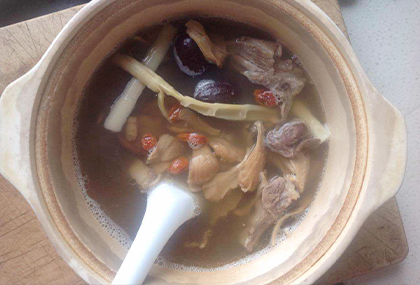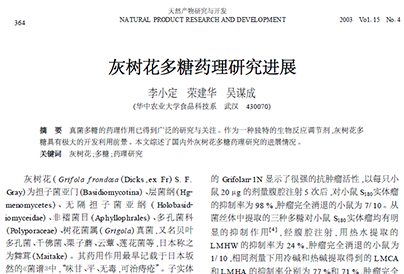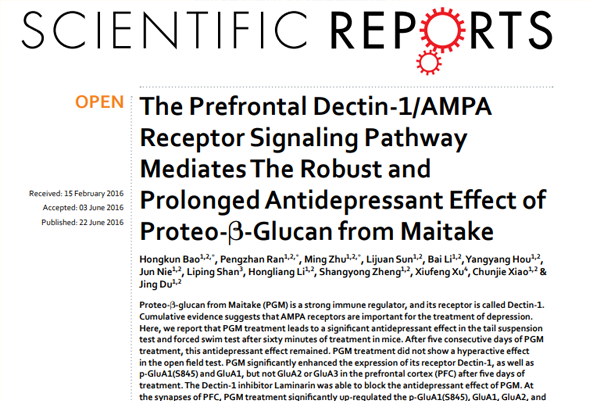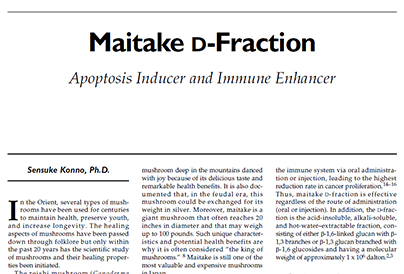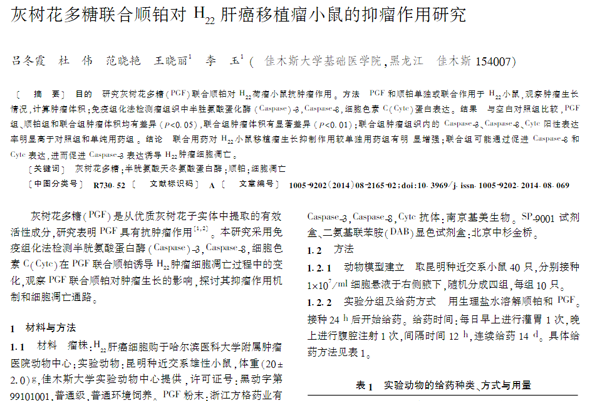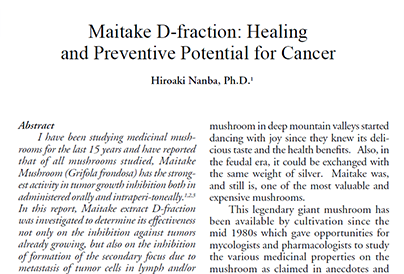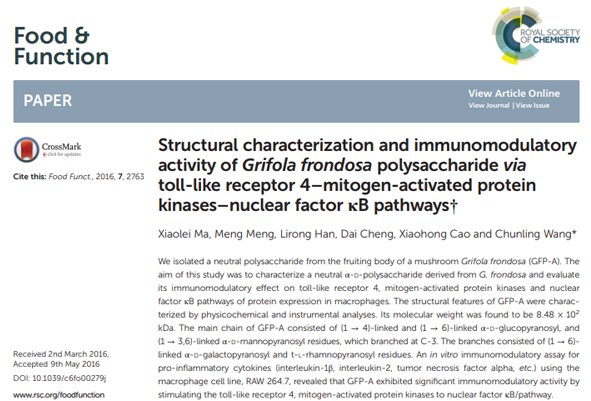The highest temperature has exceeded 40 ℃ again!
Willis carrier, inventor of air conditioner
Yes, it's this season again
This year's high temperature has at least three characteristics: wide range of influence, high intensity and long duration. Since June, the temperature in some areas has continuously exceeded 40 ℃. Coupled with the continuous rainfall in some areas, people in some areas have really lived in "deep water" in these two months, like steamed buns in steamers.
It's OK to say it's steamed stuffed bun. Our steamed stuffed bun has more connotation
Accompanied by severe high temperature, there are a large number of heatstroke cases. This morning, "heat stroke" appeared on the hot search. This "most serious heatstroke" is threatening the lives of countless high-temperature workers, the elderly and children in this scorching summer.
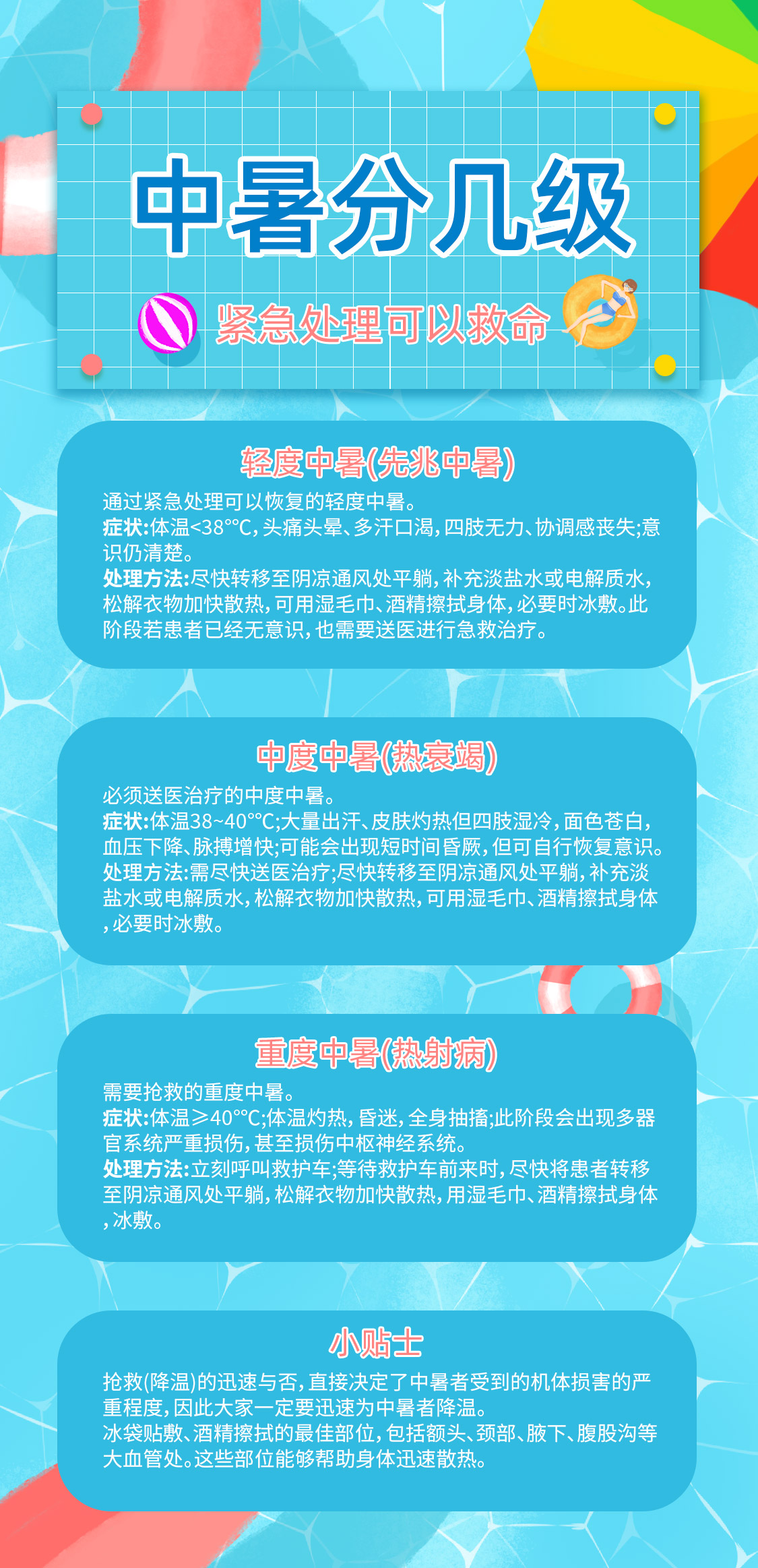
so hot!
But you know what? You are afraid of heat. Cancer cells in the human body are actually more afraid of heat than you.
Can 42 ℃ kill cancer cells? Hyperthermia is not as simple as you think
I believe for many people, the term "hyperthermia" is not unfamiliar. Hyperthermia has been used in traditional Chinese medicine for thousands of years, and in modern medicine, hyperthermia has been used to treat cancer for nearly a hundred years.
In 1866, Bush, a doctor from Germany, published the first official article on the use of "heat" to treat cancer. Bush described a case of a patient with facial malignant tumor. After being infected with erysipelas and developing high fever, the patient's facial tumor miraculously disappeared! According to the patient's condition, Bush speculated that "heat" may help treat cancer.
By the 1960s, with the development of molecular biology and gene research, people gradually began to analyze the mechanism of hyperthermia from the perspective of cell structure and function. With the development of theoretical research and clinical practice, hyperthermia is gradually regarded as a "green therapy" for cancer and applied to the treatment of all kinds of cancer.
What is hyperthermia for cancer
Hyperthermia belongs to physical therapy, which uses physical energy to heat all or part of the human body, so that the temperature of the tumor focus rises to the effective treatment temperature and lasts for a period of time, so as to achieve the effect of killing cancer cells or improving other treatment schemes without damaging normal tissues.
Hyperthermia for cancer is also known as a "green therapy", which can be used in combination with radiotherapy, chemotherapy and other regimens, and can also be used as a palliative treatment for patients who are not suitable for other regimens. It can significantly improve the curative effect and improve the quality of life of patients. Some tumors located in the superficial part of the body, such as breast cancer and skin cancer, can also be directly treated with hyperthermia.
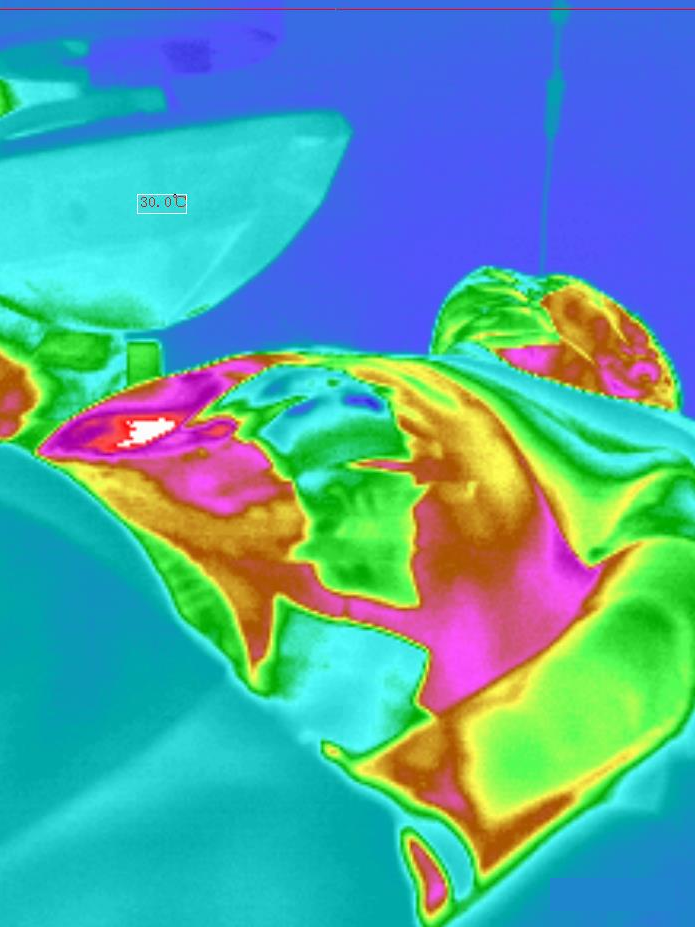
Before hyperthermia

In hyperthermia
According to the part of treatment, hyperthermia can be divided into many types, and different temperature ranges are selected during treatment. According to the latest "consensus of Chinese experts on tumor hyperthermia" issued by the tumor hyperthermia Expert Committee of the Chinese society of Clinical Oncology, the hyperthermia Expert Committee of the Sino Japanese medical science and Technology Exchange Association and the hyperthermia group of the radiotherapy branch of the Chinese Medical Association, hyperthermia is divided into shallow hyperthermia (39.5~43 ℃), deep hyperthermia (43~45 ℃) Whole body hyperthermia (≤ 41.5 ℃) and body cavity perfusion hyperthermia (chest cavity 43~45 ℃, abdominal cavity entry temperature 42.0~45.0 ℃, bladder temperature 42~52 ℃ according to different treatment methods).
"Heat death of cancer cells"? What is the principle of hyperthermia?
I believe everyone has some understanding of the mechanism of "fever". Fever is also called fever, which means that the body produces too much heat or the body's temperature regulation is out of balance, resulting in the body's temperature exceeding the temperature setting value, or the temperature setting value itself is too high.
Fever may be caused by a variety of diseases, including various infections, inflammation, as well as non infectious vasculitis, thrombosis and cancer. Usually, when the body temperature rises, the function of immune cells will also improve, and the ability to kill bacteria and viruses will increase; The reproductive capacity of various bacteria and viruses in the human body will also be reduced due to the increase of temperature, but healthy human cells will not be affected.
In fact, it is not only bacteria or viruses that are affected - cancer cells, as well as the focus formed by the accumulation of cancer cells, but also some changes will occur due to the rise of temperature. The principle of hyperthermia is based on this.
1. Success also leads to blood flow, failure also leads to blood flow
As we all know, cancer cells have far more proliferative capacity than normal somatic cells. What provides "logistical support" for this powerful proliferation ability is a large number of blood vessels proliferated by cancer cells.
Tumor foci that are rapidly growing and expanding have a very rich blood supply. The blood vessels they rely on are usually not normal blood vessels in the human body, but some extra blood vessels that proliferate (this is also one of the theoretical basis of anti angiogenesis drugs, which limits the expansion of tumor lesions by inhibiting the formation of extra blood vessels).
Applying heat to normal somatic cells will "take away" these extra heat by expanding capillaries and increasing blood flow. Therefore, even if a part of the body is heated slightly, the body temperature will not rise too seriously.
However, the blood vessels in the tumor focus are not perfect, and the capillaries are usually in a dilated state, so they cannot control the blood flow in the blood vessels like normal tissues. Therefore, the heat applied to the tumor focus will accumulate and rapidly increase the temperature inside the focus. Generally, the temperature inside the tumor tissue will be 4~8 ℃ higher than that of the surrounding normal tissue; The temperature inside the tumor focus can be 2~3 ℃ higher than the surrounding temperature. In theory, such abnormal temperature rise can directly kill some cancer cells.
2. High temperature, the "push hand" of cancer cell death
High temperature can damage cell membranes and denature proteins. According to the existing research data, when the temperature reaches more than 42.5 ℃, the survival rate of cells will decline sharply.

Ratio of temperature to cancer cell activity
When the temperature rises, the metabolic rate of cells accelerates, and the interior of tumor lesions will gradually enter the state of hypoxia. At this time, the anaerobic fermentation of cells is enhanced, a large number of acidic metabolites (lactic acid) are produced, and the pH in the lesion is reduced. In such an internal environment, cells are more likely to be killed by high temperature.
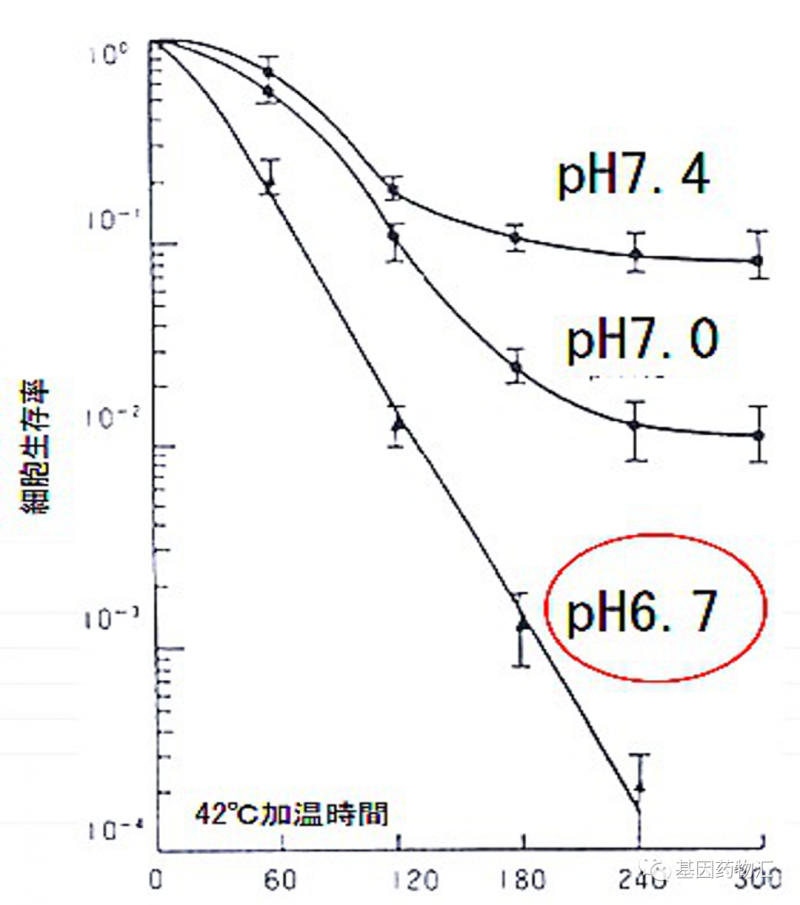
Temperature and cancer cell survival
What are the unique advantages of hyperthermia
The main advantages of hyperthermia are shown in three aspects.
1. Small side effects, easy to tolerate
Patients need to bear less pain after receiving hyperthermia. Hyperthermia will not cause injury and pain such as trauma or radiation, so it will not bring additional burden to patients and is easier to tolerate.
2. Good effect in combination with other schemes
Hyperthermia is a "versatile" treatment method, which can also show good results in the combined application with other schemes, and greatly improve the overall curative effect.
At present, it is clear that the therapies suitable for becoming the "partner" of hyperthermia include radiotherapy and chemotherapy, as well as the current emerging immunotherapy schemes.
Radiotherapy + hyperthermia: the maximum complete remission rate increased by 3 times
According to clinical research, cancer cells in the stage of division are more sensitive to radiation. Cancer cells in the synthesis stage are insensitive to radiation and more sensitive to high fever.
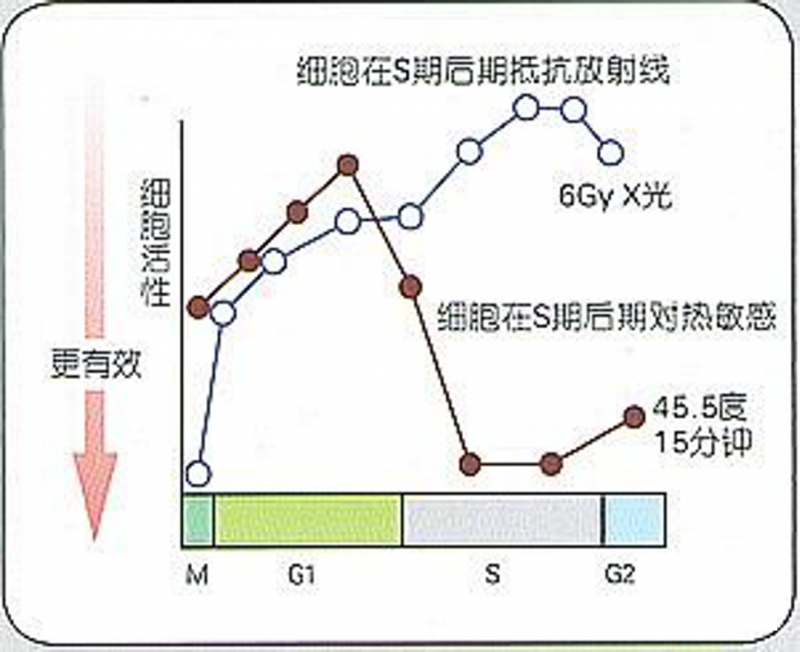
Treatment data of radiotherapy combined with hyperthermia
Therefore, the combination of radiotherapy and hyperthermia can play a synergistic role, and the curative effect is better. Some clinical studies have also confirmed this. In the cell test, only 4 Gy dose of radiation was used to irradiate cancer cells, and the survival rate of cancer cells was 25.8%; However, the survival rate of cancer cells was only 1.5% to 3% with 4 Gy radiation + hyperthermia. The killing effect of hyperthermia + radiotherapy on cancer cells increased by 8.6~17.2 times.
Clinical trials in patients have also confirmed this. A Danish center study of 829 patients showed that the complete remission rate of patients with radiotherapy alone was about 16% - 38%; With radiotherapy + hyperthermia, the complete remission rate of patients can reach 46% - 48%. The improvement of complete remission rate is as high as 1.2~3 times.
A study released by researchers from Duke University in 2010 showed that the combined application of hyperthermia in radiotherapy of breast cancer can significantly increase the overall remission rate of patients. The overall remission rate of patients treated with radiotherapy alone was 42%; The overall remission rate of patients receiving radiotherapy + hyperthermia was 65%.
Chemotherapy + hyperthermia: it has sensitization effect on a variety of drugs
Because high temperature will destroy the stability of the cell membrane and enhance the permeability of the membrane, the penetration of various cytotoxic drugs is also easier to enter the cancer cells, making the drug concentration in the cancer cells increase.

Treatment data of chemotherapy combined with hyperthermia
At present, the chemotherapy drugs that have been proved by experiments that can obtain better curative effect in combination with hyperthermia include platinum drugs such as cisplatin, carboplatin and oxaliplatin, alkylating agents such as cyclophosphamide and nitrosourea, metabolic antagonists such as 5-FU and gemcitabine, antibiotics such as bleomycin, mitomycin C and adriamycin, as well as plant alkaloids such as irinotecan, paclitaxel and docetaxel, which widely cover all kinds of commonly used chemotherapy drugs.
3. It has a wide range of applications and can prevent recurrence and metastasis
Hyperthermia has a wide range of indications, and has therapeutic effects on a variety of solid tumors, including superficial tumors, deep tumors, etc., and has a relatively good remission effect or curative effect on cancer pain, Cancerous Pleural Effusion and ascites, etc.
At the same time, hyperthermia is also a treatment that can prevent cancer recurrence and metastasis. Applying appropriate heat within the focus can help kill some cancer cells that are difficult to detect by ordinary means and reduce the risk of recurrence and metastasis.
What types of cancer does hyperthermia apply to
Hyperthermia has a wide range of indications and has a good effect on a variety of solid tumors.
At present, experts generally believe that hyperthermia has a good therapeutic effect on tumors that occur in relatively shallow parts, such as breast cancer, skin cancer, soft tissue sarcoma, and deep tumors, such as lung cancer, esophageal cancer, gastric cancer, pancreatic cancer, colorectal cancer, cervical cancer, bladder cancer, as well as common metastasis types such as lung metastasis and bone metastasis, and Cancerous Pleural and ascites (malignant pleural and ascites).
For advanced cancer patients with intractable pain, hyperthermia can also reduce the pain of patients and improve their quality of life.
However, it is noteworthy that the efficacy of hyperthermia for most hematological tumors remains to be studied, and the risk of treating brain metastases and some brain tumors is also high, which is not applicable.
Patients with heart, liver, kidney, lung and other organ failure or serious dysfunction, or coagulation dysfunction and bleeding tendency, or implanted with cardiac pacemakers are not suitable for hyperthermia, so they should discuss the treatment plan with the attending experts in detail.
At present, hyperthermia has been applied in a small range in the clinical treatment of some cancers, mainly for the efficacy of adjuvant radiotherapy and chemotherapy and palliative treatment. As of 2019, there are 218 hyperthermia clinical trials under research in the world, including 26 phase II ~ III clinical trials led by Chinese researchers. It can be said that the treatment prospect is very promising.
But this does not mean that cancer patients should go outdoors in the sun to "sweat"!
The two groups with the highest incidence of heat stroke are those who stay in high temperature for the longest time, such as those who work in high temperature and humidity for a long time and those who exercise outdoors for a long time; There is also a group of people with poor physique, including the elderly, children, pregnant women, and of course, cancer patients with poor physique.
In hot summer, we should "avoid the edge" and have a good rest in a cool place. Turn on the air conditioner when it is time to turn it on, drink more water and supplement minerals. If you really want to "heat up cancer cells", you still need to find a special medical institution, such as a hospital.
Article source:
http://www.globecancer.com/azzx/show.php?itemid=15472


